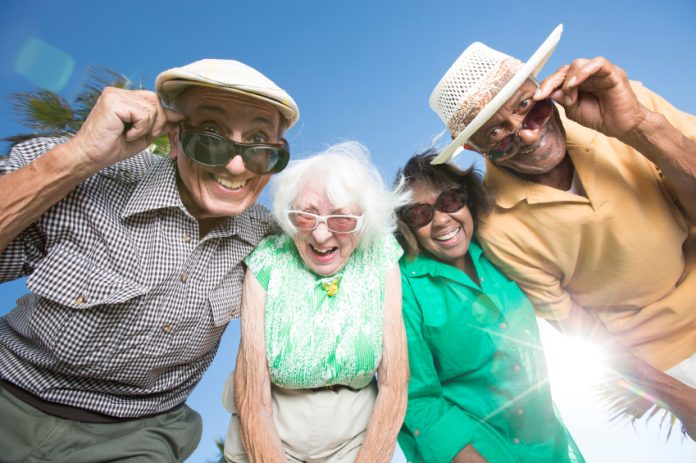according to new research aimed at revealing the nuances of sexuality in the elderly.
The findings from a set of studies showed that older men between the ages of 57 and 85 are more likely than older women to be sexually active and open. The intimacy of sex, however, was found to be important to both men and women across all ages.

And just as in younger adults, healthy sex means healthy senior citizens.
“Individuals with strong, functioning sexual and intimate relationships will have better trajectories of health and well-being than those whose relationships function less well or who lack such relationships,” wrote Linda J. Waite of the University of Chicago in a special supplemental issue of The Journals of Gerontology.
The studies in this journal issue were part of the National Social Life, Health, and Aging Project (NSHAP), and were conducted in 2005 and 2006 at the National Opinion Research Center at the University of Chicago.
The researchers collected data on several key areas of older-adult sexuality, and asked NSHAP’s more than 3,000 participants about their sexual relationships during the last five years (researchers plan to survey the same people again within the next two years). The findings were published as 14 individual articles in The Journals of Gerontology.
Included among the results:

Who’s doing it: Within the youngest age group in the sample, 57 to 64 years old, 84 percent of men and 62 percent of women reported having sex with a partner in the last year. But for the oldest age group, ages 75 to 85, only 38 percent of men and 17 percent of women reported the same.
What they’re doing: Participants typically didn’t consider sex “sex” unless both foreplay and vaginal intercourse were involved. The youngest age group said they usually or always have vaginal intercourse (87 percent of women, and 91 percent of men) when engaging in sex, a statement that was echoed by the oldest group (75 percent of women, and 84 percent of men). But the participants reported having oral sex as well, with about 62 percent of men and 53 percent of women ages 57 to 64 having oral sex in the previous year. Those numbers dropped to 28 percent of men and 36 percent of women in the oldest group.
Why they’re doing it — or not: The most common trouble for men comes from erectile difficulty, reported by 31 percent of those ages 57 to 65 years and by about 44 percent of the older male participants. Lack of interest accounted for the biggest problem reported by women across all age groups, ranging from 38 percent to 49 percent.
The male respondents were generally more positive about sex and its expression than women, and older people were more conservative than those who were younger. This phenomenon, Waite writes, makes sense when viewed through the lens of history: The youngest group in the sample was coming of age during the sexual revolution of the 1960s, and therefore is more open-minded regarding sexual acts, masturbation, and sex outside of marriage. For example, nearly 32 percent of women ages 57 to 64 masturbated in the previous year; only about 16 percent of women ages 75 to 85 reported the same.
Ultimately, however, the findings present an optimistic view of sex and aging.
“One of the most noteworthy features of reports of sexual problems is their relative similarity across all age groups,” Waite wrote. “If [women] continue to be sexually active they appear not to be much more likely to have problems with sexual function at older than at younger ages … sexually active older men seem to function at much the same level as sexually active younger men, with a few exceptions, not all of which favor younger men.”





